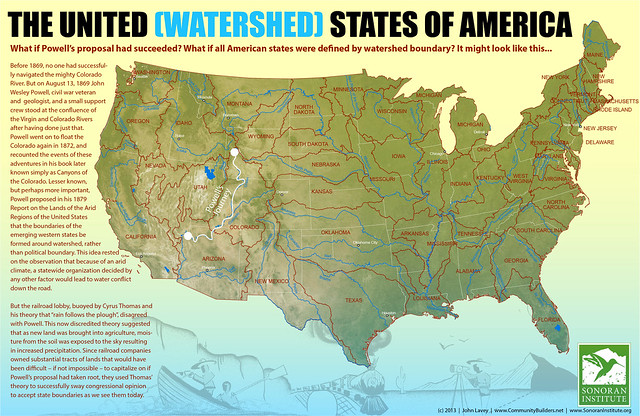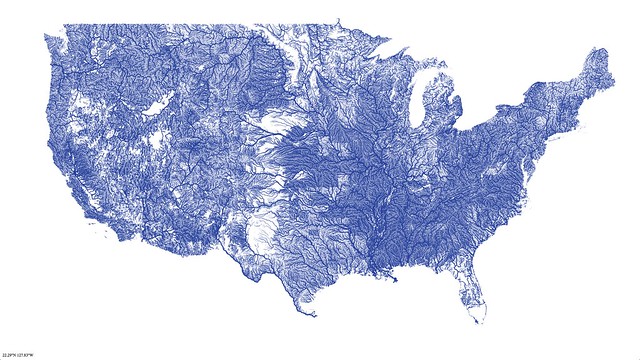Author K. M. Alexander has some thoughts about rivers on fantasy maps, and the mistakes authors make with rivers when drawing those maps.
When it comes to rivers, I’ve noticed that quite a few fantasy writers don’t understand the basics. While their intent is noble, I’ve seen plenty of examples of authors struggling with the underlying science of rivers and river systems. I sympathize. These are mistakes I have made myself. Early on, in one of my first projects, I made a mess with the waterways in my fantasy world. Mistakes like these—I like to jokingly call them “river sins”—might go unnoticed at first, but when they are noticed, they can draw a reader out of the story or setting. It wasn’t until I later learned more about the behavior of these ecosystems that I was able to hone in on my worldbuilding, and the end result was something much more interesting and complex. The cool got cooler.
Previously: ‘The Perplexing River Systems of Middle-earth’.







